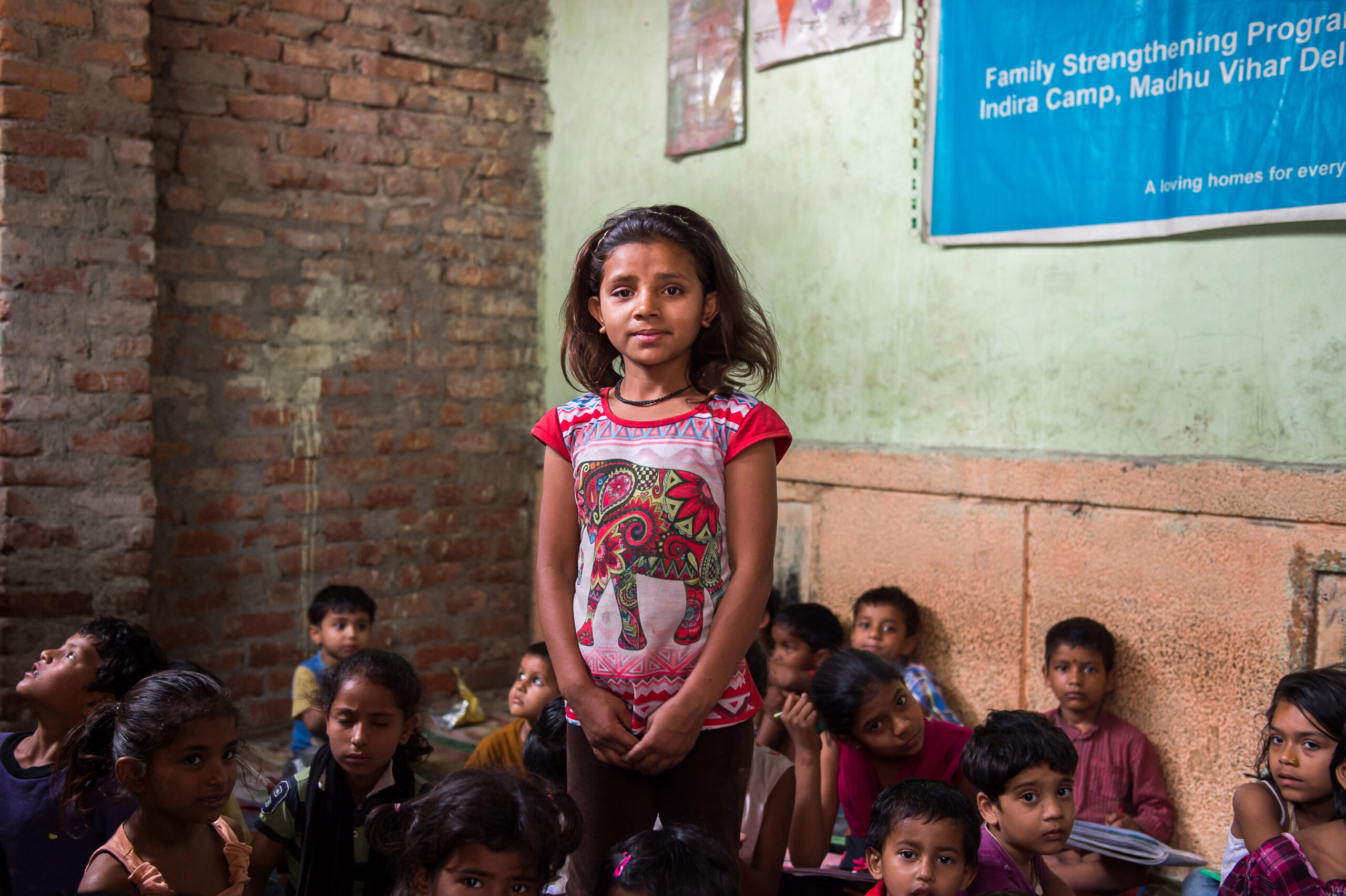
Potential Impact of Rotavirus Vaccines in Southeast Asia

Photo: PATH.
Rotavirus has the potential to impact every child in every country, rich or poor, regardless of access to safe water and sanitation. But the majority of deaths from rotavirus occur in sub-Saharan Africa and Southeast Asia in communities where access to healthcare is limited.
Improvements in water, sanitation, and hygiene can stop other diarrhea-causing germs, but since they are insufficient to prevent the transmission of rotavirus, vaccination is the best defense, and the numbers prove it: rotavirus vaccines have significantly reduced disease burden wherever they’ve been introduced, now in more than 120 countries. A study estimated that from 2018 to 2027, rotavirus vaccines, if widely available, could prevent nearly 600,000 deaths worldwide and save approximately $900 million.
Out of eleven countries in Southeast Asia, only Myanmar and Timor-Leste have introduced the vaccine nationally; Thailand introduced it sub-nationally; and Indonesia is moving toward a phased introduction. This month’s International Rotavirus Symposium in Bali, Indonesia, will be an opportunity to hear from country representatives on the opportunities and challenges in their respective contexts.
According to the 2008–2018 rotavirus surveillance data for Southeast Asia, 40.78% of all diarrheal diseases in children were caused by rotavirus infection, and it remains a major cause of morbidity and mortality in children under the age of five in the region. In Indonesia, rotavirus is the most frequent cause of severe acute diarrhea, accounting for 60% of children hospitalized with acute diarrhea and 41% of children treated in outpatient clinics.
Several studies confirm that, like in the rest of this region, use of rotavirus vaccine would be a highly cost-effective intervention for Indonesia, with the potential to save more than 8000 lives every year. The Government of Indonesia is showing leadership in the acceleration of new vaccine introductions in the region. The country has successfully rolled out an ambitious COVID-19 vaccination program, and the Ministry of Health is prioritizing new vaccine introductions into the routine immunization program by the end of 2024 against pneumonia, rotavirus, and human papilloma virus (HPV).
Important to this effort was support from development partners like the Clinton Health Access Initiative (CHAI) to formulate cost projections for immunization funding needs and the development of financial plans to scale-up phased introductions. Indonesia is vaccinating newborns against rotavirus in 21 districts while working with CHAI and other partners, like WHO, UNICEF, and UNDP, to apply for middle-income funding from Gavi, the Vaccine Alliance, for national scale-up. In addition, Indonesia’s state-owned company, Bio Farma, is developing a locally manufactured rotavirus vaccine to contribute to long-term sustainability of the vaccine supply and create more affordable options.
The phased introduction approach of Indonesia demonstrates that it is possible to drive and achieve the introduction of rotavirus vaccines even during the upsurge of COVID-19 when fiscal scopes are limited. The Government of Vietnam is also putting their own introduction plans in place, and Singapore has already introduced it through its private market. Rotavirus vaccines also stand to make a significant impact in Southeast Asian countries where they have not yet been introduced, such as in Brunei Darussalam, Cambodia, Lao, and Malaysia. The availability of multiple rotavirus vaccine options is a positive development for achieving greater affordability and wider coverage, allowing countries to choose the best option for their local context, but the first ingredient is political will.
This article was developed in collaboration with Clinton Health Access Initiative


